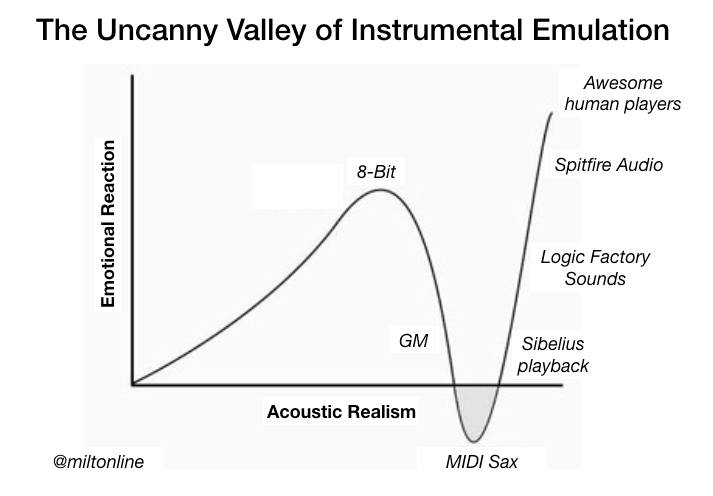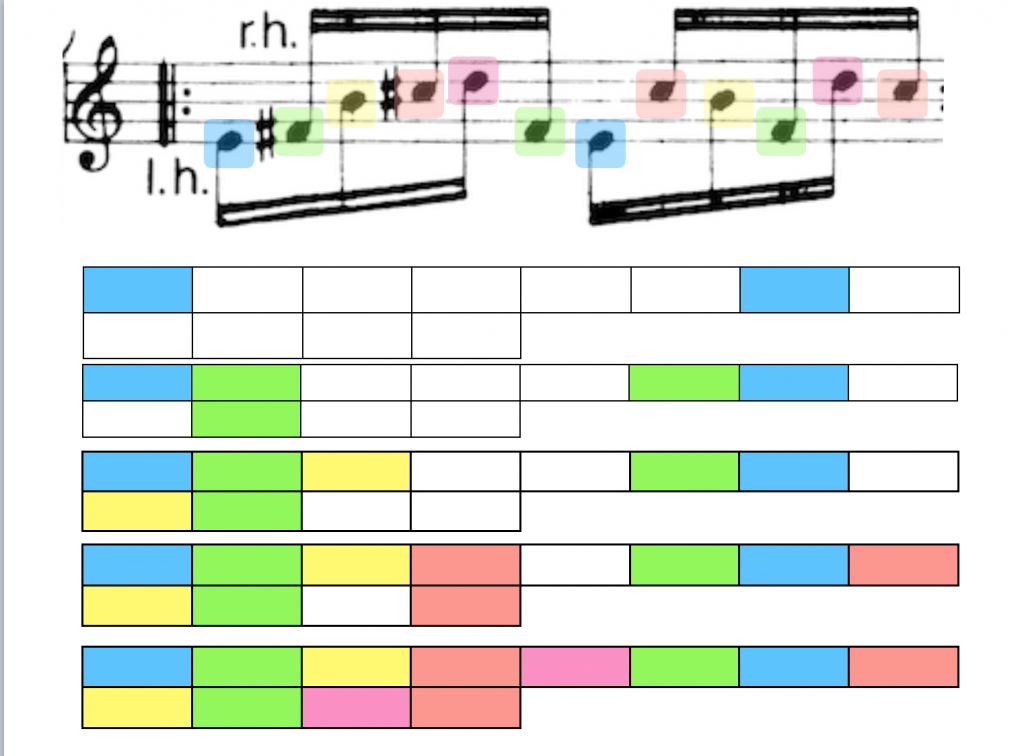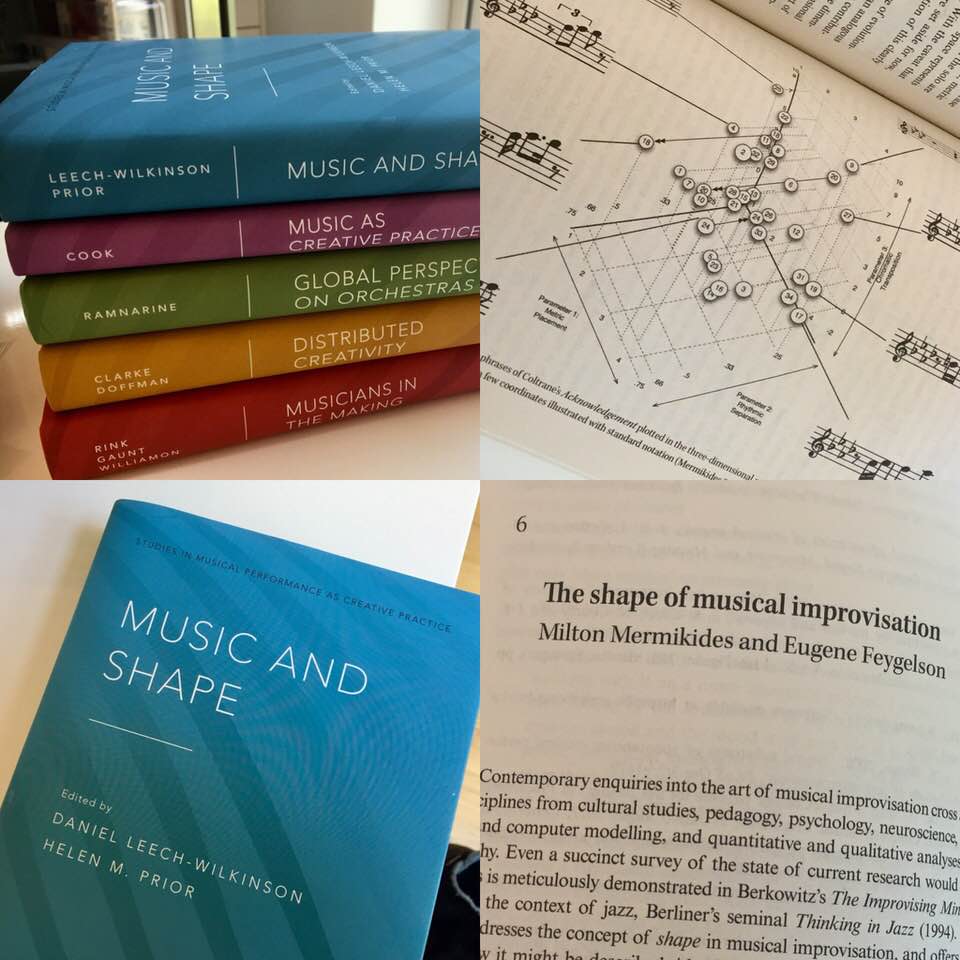
Careful at the Rose Main Theatre, Kingston June 5 2018 2pm – This unique dance/theatre performance puts you in the care of five over-stretched nurses as they struggle to balance empathy and efficiency, compassion and clinical proficiency. Inspired by its makers’ experience of long-term hospitalization, Careful celebrates the skill, beauty and toil of professional nursing as seen through the eyes of the patient. Introduced by Professor Karen Norman, a leading expert in nursing, the performance forms part of The Art of Nursing, an annual event hosted by Kingston University and St George’s hospital.
This event is designed for students and professionals of nursing, though members of the public are very warmly welcomed to attend.
Careful was developed in collaboration with the Clinical Skills and Simulation team at Kingston University and St George’s University London. The collaboration has also led to the development of workshops designed to enhance self-awareness and non-technical skills of patient care, which now form part of the Nursing practice curriculum.
Careful is a project by Chimera, an arts company/research network dedicated to making engrossing artworks about, for and with the medical and healthcare sector. Led by Dr Alex Mermikides (Guildhall School of Music & Drama) and Dr Milton Mermikides (University of Surrey), we also create impactful events for students, researchers and the general public. Our work has been supported with funding from the Arts and Humanities Research Council and Arts Council England. www.chimeranetwork.org.
Event details
Duration 90 minutes, including introductory talk and post-show discussion. Please note that the event will be filmed for evaluation and publicity purposes. Book FREE tickets here
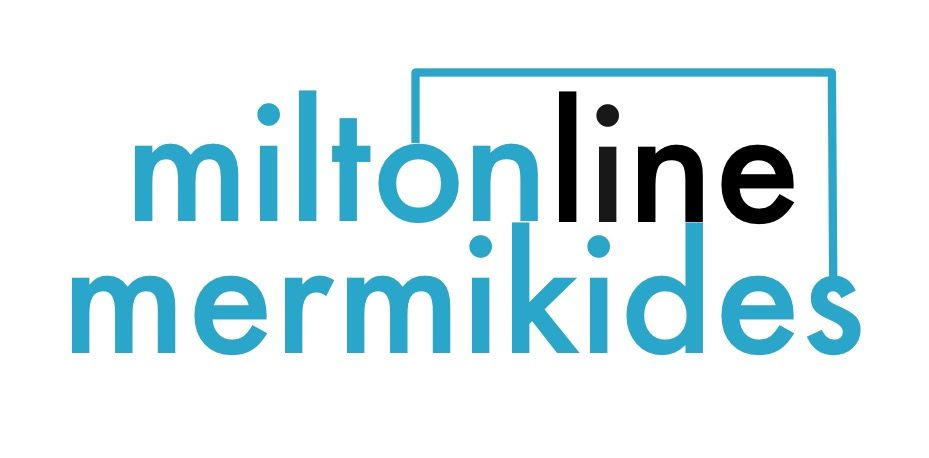


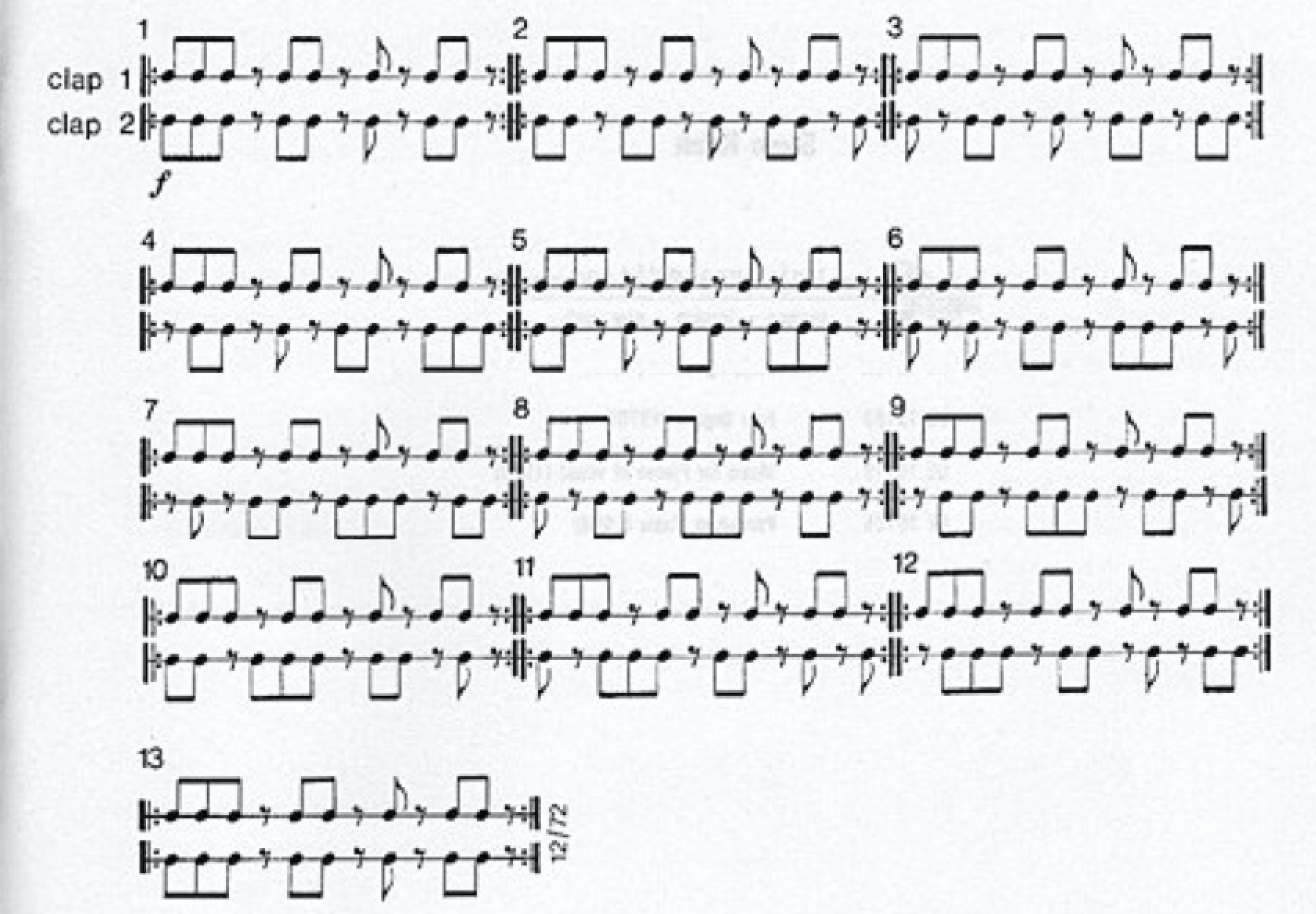
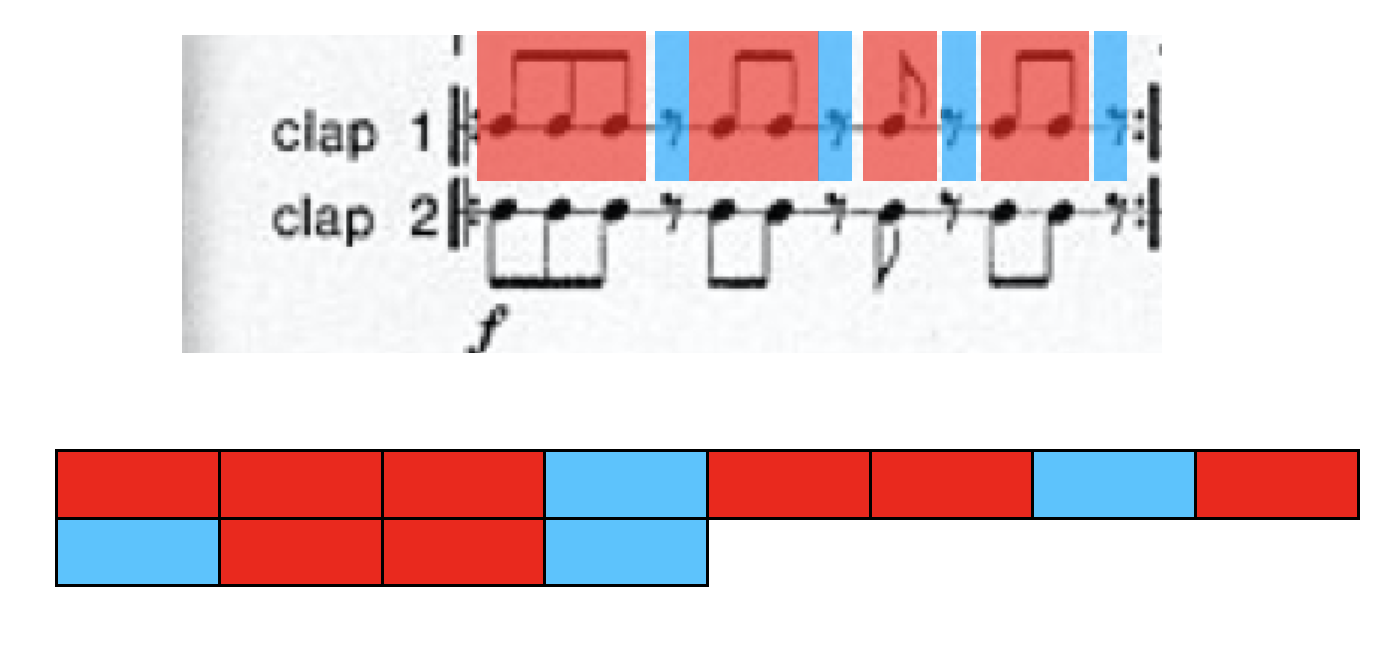 You can then apply the pattern to melodic material as I’ve shown later in the video. Enjoy, njoye, joyen, oyenj, yenjo, enjoy.
You can then apply the pattern to melodic material as I’ve shown later in the video. Enjoy, njoye, joyen, oyenj, yenjo, enjoy.